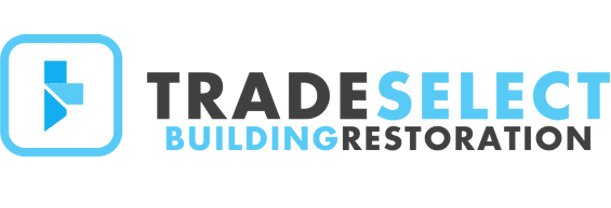We specialise in the safe removal of mould, restoring the health of your property. Mould spores are pervasive and can be found everywhere. However, when given the chance to grow, they can pose serious health risks to occupants and cause extensive damage to buildings, rendering them uninhabitable.
Spores have the ability to remain dormant until moisture infiltrates your structure, triggering organic growth concerns for both occupants and the building itself. Building materials have the capacity to absorb and release moisture, a natural exchange that occurs throughout the seasons.
In the past, buildings were constructed with different materials and were less energy-efficient, allowing for greater moisture retention and easier drying through natural air exchanges. However, modern buildings with tighter construction, increased usage of paper-based materials, and constant air conditioning face challenges in terms of moisture retention and transfer, leading to more significant issues when moisture enters a property.
The rise in building condensation and the reduced ability of materials to naturally dry without assistance are major contributing factors to the increasing prevalence of mould problems. The encouraging news is that these issues can be effectively mitigated with the implementation of appropriate measures.
24/7 Fast response:
We understand the urgency of addressing restoration needs promptly, which is why we offer a 24/7 fast response service. Our team is always prepared and capable of swiftly responding to any situation that arises.
Here is a breakdown of our comprehensive process:
Triage:
Upon receiving your job request, one of our team members will promptly reach out to triage the situation. We will ask specific questions to gain a thorough understanding of your unique scenario. Based on the information gathered, initial plans will be made to dispatch a restoration technician who will provide mitigation and ensure the safety of your property.
Initial inspection & assessment:
Our skilled technicians will visit your property to conduct a comprehensive assessment. Utilizing advanced tools such as moisture meters, thermal cameras, and sampling techniques when necessary, we will visually and technically evaluate the extent of the damage. This assessment allows us to provide you with an initial scope of work and a quotation for the recommended services. During the initial visit, we can also contain any visible mould as part of our make-safe service.
Scope of work approved:
Once you have reviewed and accepted our proposed scope of work and quotation, our project managers will coordinate the assigned technicians to commence the project. To give you an idea of our workflow, our work typically follows these steps:

Trade Select is a company that specialises in building restoration services. They offer a range of services to repair and restore homes and businesses that have been damaged due to water, fire, or flood. Besides, they create a safe environment for people to continue living while the work is being completed.